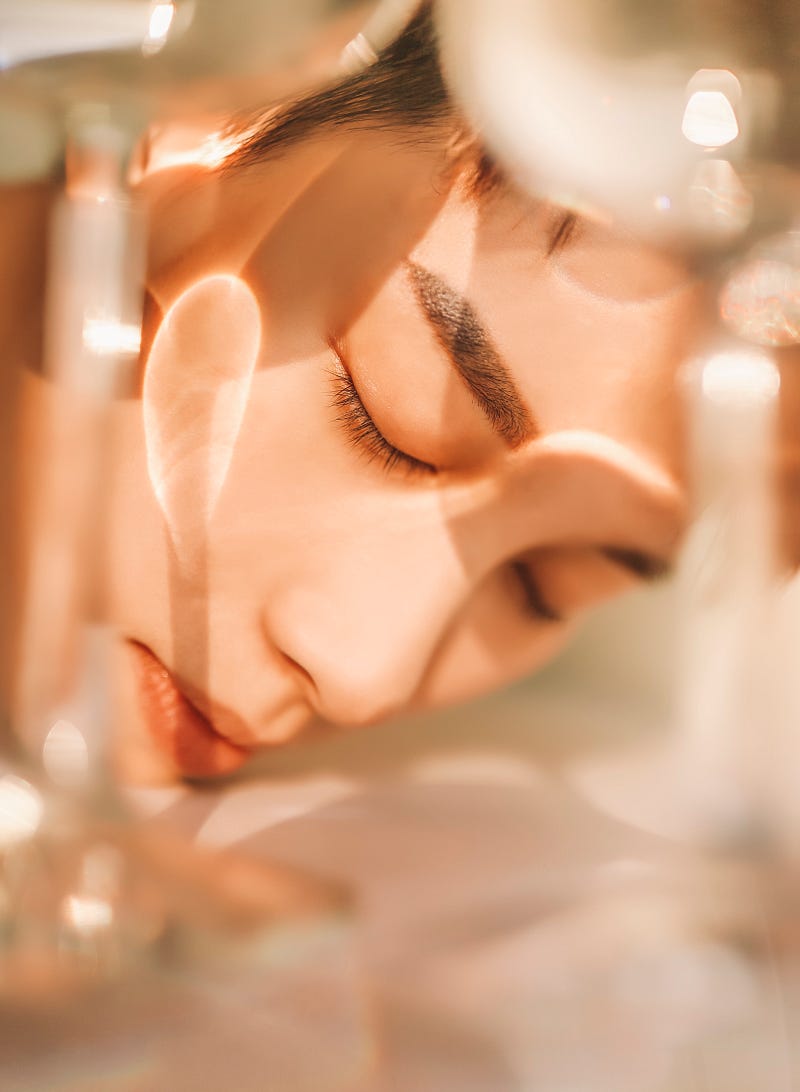"From Corsets to Photoshop: The Evolution of Beauty Standards and Their Impact on Physical and Mental Health Across History"
“From Corsets to Photoshop: The Evolution of Beauty Standards and Their Impact on Physical and Mental Health Across History”

Throughout history, the concept of beauty has been shaped by cultural norms and societal expectations. From the corsets of the Victorian era to the photoshopped images of today’s media, beauty standards have had a significant impact on the physical and mental health of individuals.
In the Victorian era, the ideal beauty standards for women included a slim waist and hourglass figure, which was achieved through the use of corsets. Women were expected to have a waist size of 18 inches or smaller, which often resulted in physical health problems such as organ displacement, breathing difficulties, and even fainting. In addition, the constant pressure of the corset could also cause mental health issues such as anxiety and depression.
During the 1920s, the beauty standards shifted towards a more androgynous look, with women striving for a flat-chested, boyish figure. This was exemplified by the popular flapper style, which involved shorter hemlines, shorter haircuts, and minimalistic makeup. However, this beauty standard also had its drawbacks, with women resorting to unhealthy practices such as smoking and excessive dieting to achieve the desired look.
In the 1950s and 60s, the hourglass figure returned as the ideal beauty standard, with curvy women like Marilyn Monroe and Elizabeth Taylor leading the way. However, this beauty standard also perpetuated the idea that women’s bodies should be objectified and sexualized, which could lead to body image issues and self-objectification.
In the 1980s and 90s, the supermodel era brought with it a new beauty standard of tall, thin women with long legs and chiseled features. This ideal was further perpetuated by the fashion industry, which often featured models with extremely thin frames. This beauty standard had a significant impact on the physical and mental health of young women, with many resorting to unhealthy practices such as restrictive diets and excessive exercise to achieve the desired look.
Today, with the rise of social media and photo-editing tools, the ideal beauty standard has become even more unattainable. Photoshopped images of models and influencers have become the norm, creating unrealistic expectations for beauty and body standards. This has led to an increase in body dysmorphia, eating disorders, and low self-esteem among young people.
In conclusion, beauty standards have had a significant impact on the physical and mental health of individuals throughout history. While there have been positive changes in recent years, such as the rise of body positivity and diverse representation in media, there is still a long way to go in creating a healthy and inclusive beauty standard. It is important to recognize the harmful effects of unrealistic beauty standards and strive towards a more accepting and diverse definition of beauty.

Comments
Post a Comment